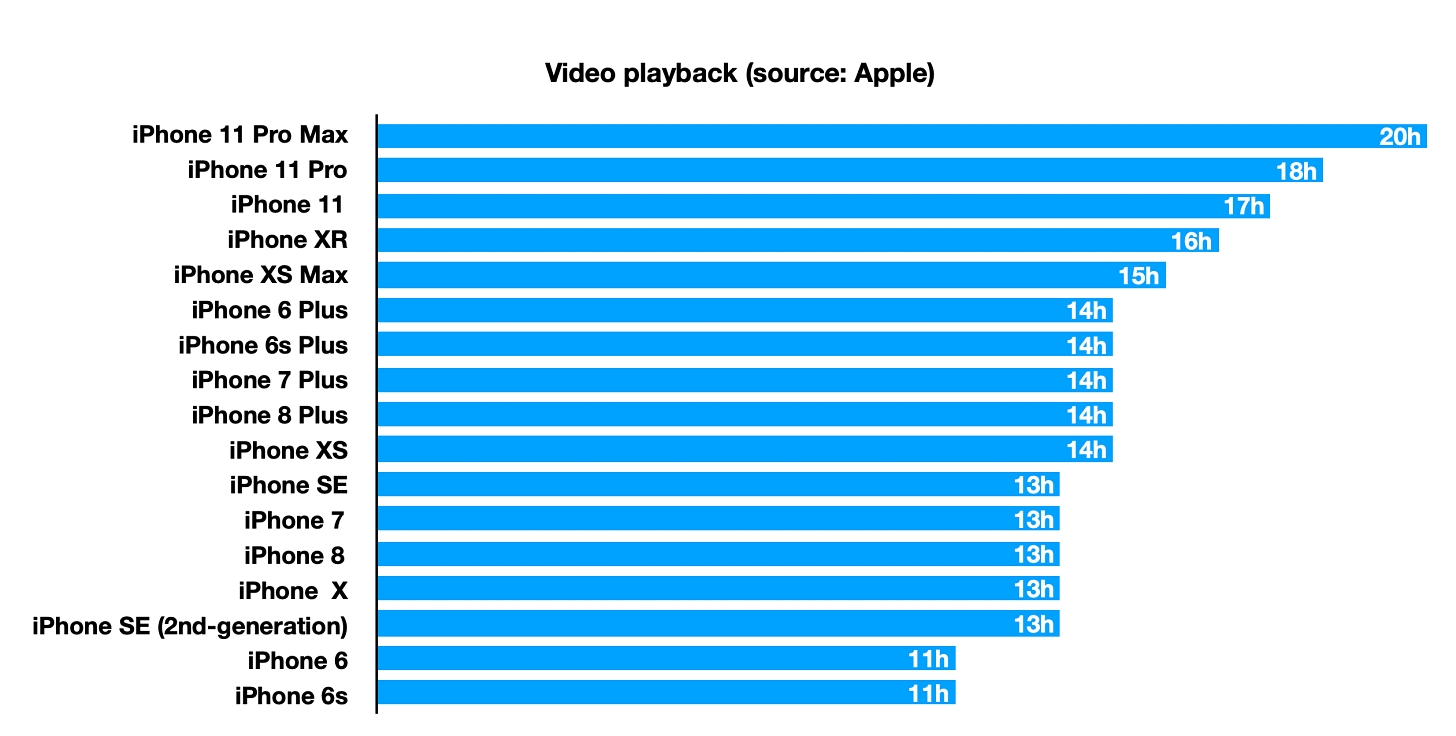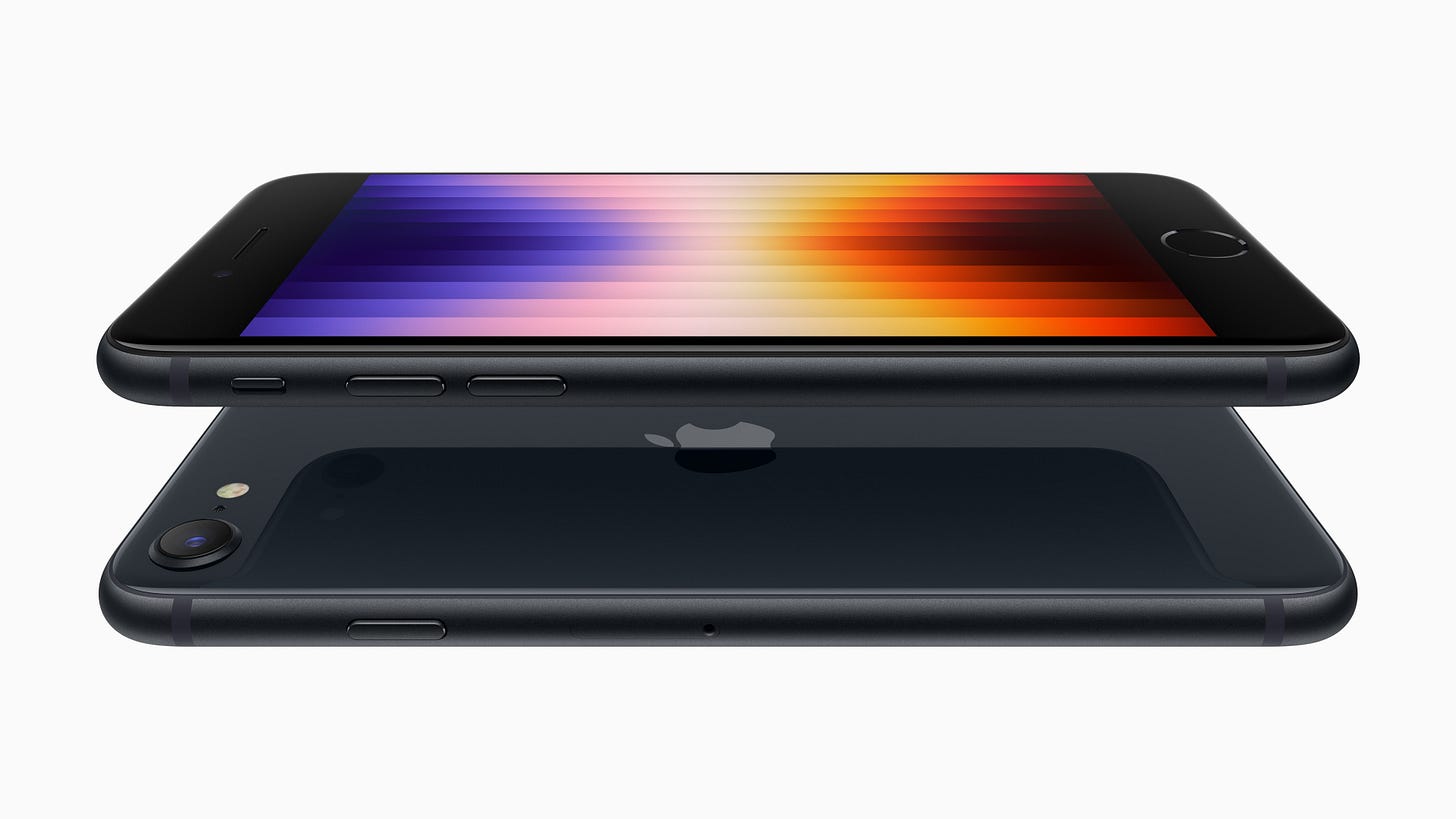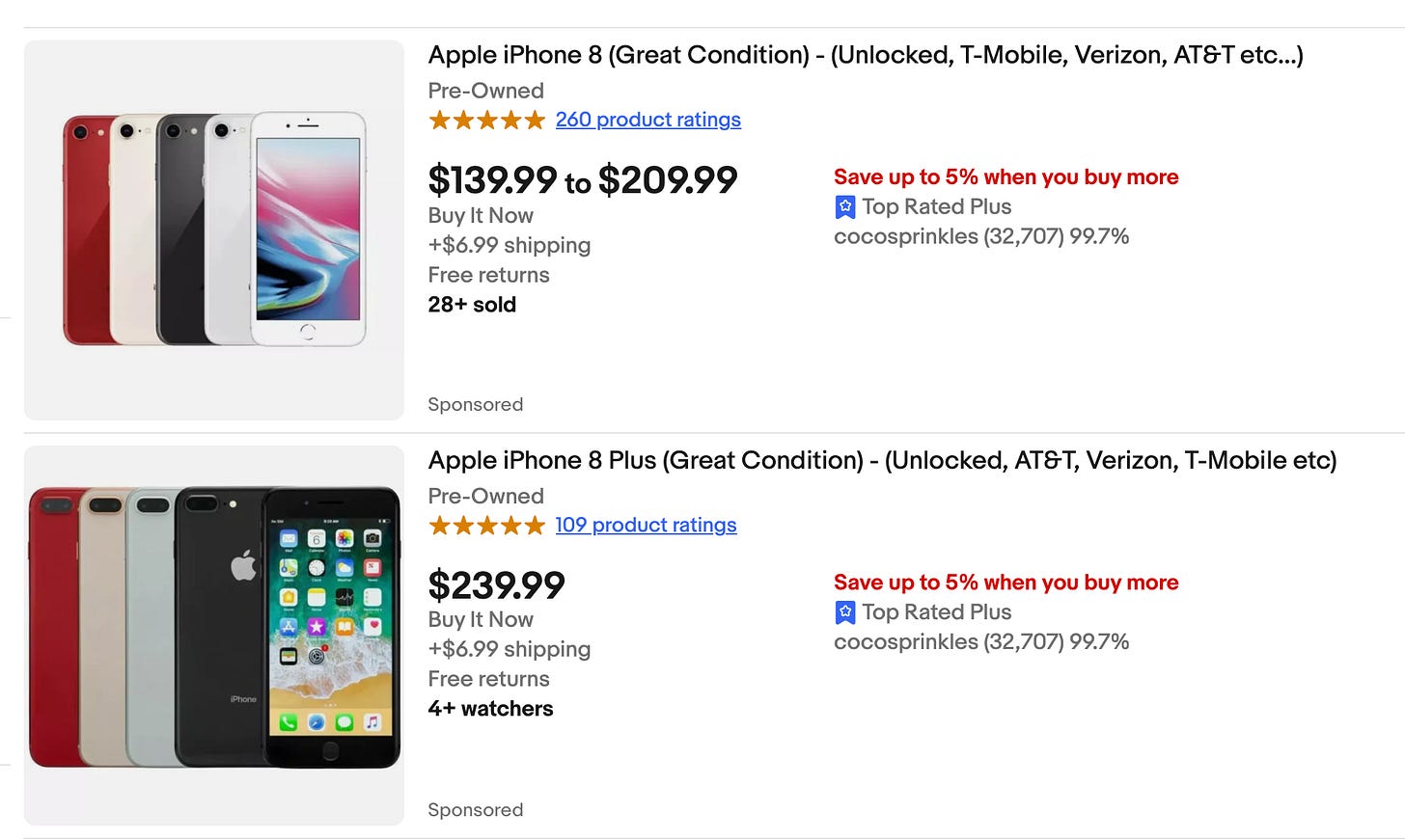Is the iPhone 8 worth it in 2025?
Is the iPhone 8 still relevant in 2025?
Is the iPhone 8 Worth It in 2025?
In the fast-evolving world of smartphones, the question of whether an older model like the iPhone 8 still holds value in 2025 is both relevant and complex. While newer devices, such as the iPhone 14, 15, and beyond, continue to dominate the market with cutting-edge features and designs, the iPhone 8 remains a viable option for many users. This article explores whether purchasing an iPhone 8 in 2025 makes sense, considering performance, price, software support, and other factors that influence its overall worth.
1. Overview of the iPhone 8: A Brief History
The iPhone 8 was released by Apple in September 2017, marking a pivotal moment in the company's phone lineup. It was introduced alongside the more premium iPhone X, which featured an OLED screen, Face ID, and a new design, while the iPhone 8 stuck to a familiar design language with a physical home button, bezels, and a traditional LCD display.
At the time, the iPhone 8 was seen as a solid upgrade for users looking for improved performance, better cameras, and wireless charging, all within a more affordable price bracket than the iPhone X. It came with Apple's A11 Bionic chip, a significant leap in processing power compared to its predecessors, and featured a glass back, allowing for wireless charging for the first time in iPhone history.
2. Performance: How Does the iPhone 8 Hold Up in 2025?
One of the most crucial aspects to evaluate when deciding if the iPhone 8 is still worth it is performance. Apple is known for creating devices that maintain strong performance even years after their release, and the iPhone 8 is no exception.
Processor and RAM
The iPhone 8 is powered by the A11 Bionic chip, a 64-bit hexa-core processor that was built for speed and efficiency at the time of its release. Paired with 2GB of RAM, the A11 Bionic can still handle basic to moderately demanding tasks well. In 2025, while it's not as fast as the latest A16 or A17 chips in the iPhone 14 or iPhone 15, it is still capable of performing everyday tasks such as browsing, social media, streaming video, and even light gaming with relatively few issues.
The iPhone 8 can run the latest iOS versions, though with a performance difference compared to newer models. It's worth noting that certain high-performance apps, especially those that rely heavily on machine learning or intense graphics, may experience slower load times or occasional lag. However, if you primarily use your phone for calling, texting, browsing, and light multimedia consumption, the iPhone 8's performance remains more than adequate.
Battery Life
Battery life is often a critical factor in a device’s longevity, and the iPhone 8's performance in this area is mixed. The battery health of older iPhone 8 units will vary based on usage patterns, but most models from 2017 or earlier will likely have significantly reduced battery capacity. Apple does offer battery replacement services, and getting a new battery installed can help restore some of its previous endurance. Still, the iPhone 8 has a relatively small battery, and it may not last as long on a charge as newer iPhones, especially those equipped with larger batteries.
If you're considering the iPhone 8, expect the battery to last through a typical day of light usage, but heavy users may need to recharge mid-afternoon. Newer iPhones, with more efficient chips and larger batteries, are likely to perform better in this regard.
Software Updates and Longevity
Apple’s track record of providing software updates is one of the reasons iPhones generally have a longer lifespan than Android devices. In terms of iOS support, the iPhone 8 has been doing fairly well. It shipped with iOS 11 and has received multiple updates over the years, including iOS 16, and is expected to receive iOS 17 support at the very least. In fact, it’s highly likely that Apple will continue to provide software updates for the iPhone 8 well into the next few years.
However, as with any older device, there will eventually come a point where the iPhone 8 will no longer receive major updates. In 2025, though, you can still expect solid support for essential security patches and minor updates.
3. Design and Display: Still Looking Good?
When it comes to design, the iPhone 8 feels quite dated by today’s standards, especially when compared to the modern iPhone 14 or 15 series. It retains the traditional design with bezels at the top and bottom, a physical home button with Touch ID, and a 4.7-inch Retina HD display with a resolution of 1334 x 750 pixels. In 2025, the lack of a full-screen design or any form of notch may be considered old-fashioned, particularly for users who are accustomed to edge-to-edge displays.
The LCD screen, though still vibrant and color-accurate, falls short of the bright OLED displays found in newer models, which offer richer colors, deeper blacks, and better contrast ratios. However, if you're used to older smartphones or aren’t particularly concerned with having the latest display technology, the iPhone 8’s screen is still serviceable for most everyday tasks.
Size and Ergonomics
The iPhone 8's compact 4.7-inch display offers an advantage in terms of portability. It is smaller and lighter than more recent models, which are increasingly pushing 6-inch or larger screen sizes. This makes the iPhone 8 a good choice for those who prefer one-handed use and don’t want a phone that feels too bulky in the pocket.
Build Quality
The glass back of the iPhone 8, while susceptible to cracks when dropped, gives it a premium feel. The aluminum frame is also quite sturdy, ensuring that the phone can endure normal wear and tear. Overall, the build quality of the iPhone 8 remains solid, even by modern standards.
4. Camera: Can It Keep Up?
One of the iPhone 8's standout features at the time of release was its 12MP rear camera with a f/1.8 aperture, capable of recording 4K video at 60 frames per second. While it is significantly outpaced by newer iPhones with multiple camera lenses, enhanced night modes, and advanced computational photography features, the iPhone 8’s camera can still deliver good results in well-lit conditions.
For casual photography and everyday shots, the iPhone 8's single-camera setup does a respectable job. The colors are accurate, and the images are sharp. However, you won’t get the advanced features available in the latest models, such as Night Mode, Deep Fusion, or Portrait Mode with multiple lenses. If you're looking for professional-level photography or video capabilities, you'll need to consider a newer model.
5. Price: Is It Still a Good Deal?
As of 2025, the iPhone 8 is not widely available directly from Apple but can still be found through third-party sellers, used marketplaces, and refurbished device stores. The price for a used or refurbished iPhone 8 typically ranges between $100 to $200, depending on the condition, storage capacity, and seller.
In comparison to newer iPhones, the iPhone 8 is significantly cheaper. Newer models like the iPhone 13 or iPhone 14 offer substantial improvements in camera quality, performance, and display technology, but they come with higher price tags. If you’re on a budget and only need a phone for basic tasks, the iPhone 8 offers a much more affordable option without sacrificing too much in terms of functionality.
However, it’s important to consider that for just a little more money, you can get a much more powerful device, such as the iPhone SE (2022), which has the same A15 Bionic chip found in the iPhone 13. The iPhone SE offers better performance, a modern design with a smaller notch, and improved camera features, making it a compelling option for those on a tight budget who want more power.
6. Alternatives to the iPhone 8
If the iPhone 8 doesn’t seem like the right choice for you, here are some alternatives that offer better performance and newer features at a reasonable price:
iPhone SE (2022): This model is essentially a smaller, more affordable version of the iPhone 13, with a modern chip (A15 Bionic) and better performance. It shares a similar design to the iPhone 8 but offers improvements in almost every area, from the camera to battery life and performance.
iPhone 11 or 12: These models are still affordable on the second-hand market and offer much better cameras, faster processors, and larger screens compared to the iPhone 8.
iPhone 13 Mini: If you're willing to spend a bit more, the iPhone 13 Mini offers significant upgrades in performance, display, camera, and overall user experience.
7. Should You Buy the iPhone 8 in 2025?
In summary, the iPhone 8 in 2025 is still a functional and affordable phone for those who primarily use their devices for basic tasks like texting, calling, and web browsing. Its performance, though not on par with the latest iPhones, is still satisfactory for day-to-day use, and it benefits from Apple's commitment to long-term software support.
However, there are significant trade-offs. The screen quality is outdated, the design feels old-fashioned, and battery life is not as reliable as it once was. For those willing to spend a bit more, models.
© Drozh 2025








